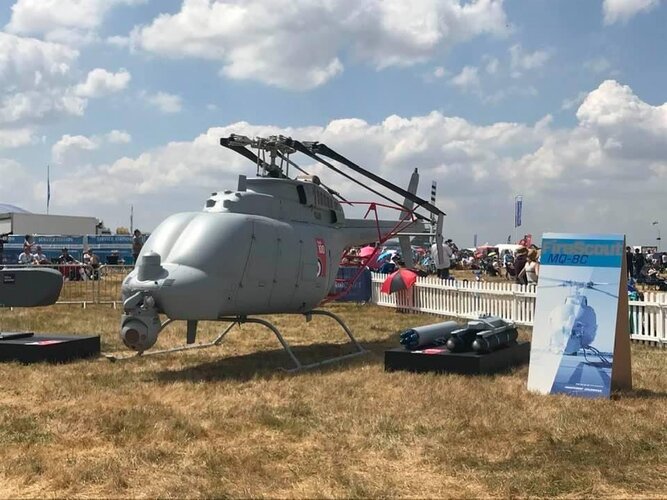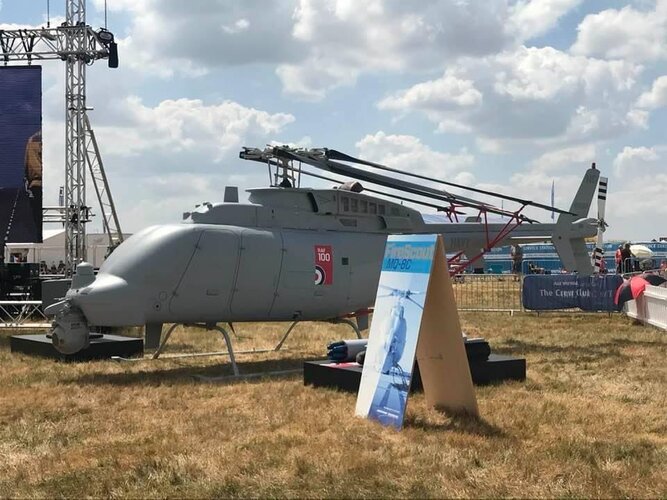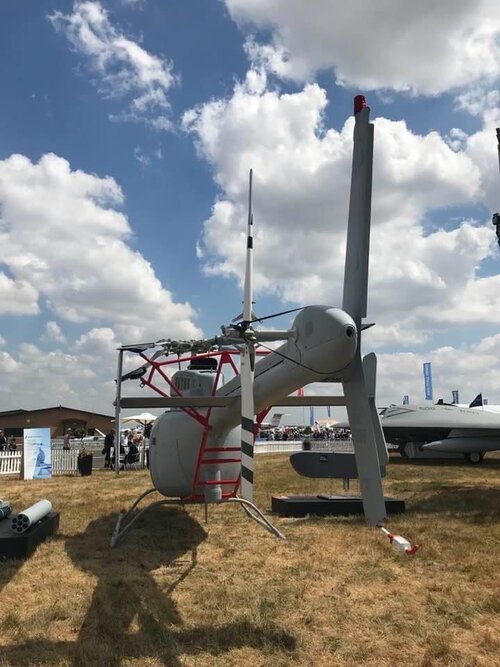"Northrop Grumman Delivers First Operational MQ-8C Fire Scout to the US Navy"
Dec 4, 2014
Source:
Dec 4, 2014
Source:
Northrop Grumman Corporation (NYSE: NOC ) has delivered the first operational MQ-8C Fire Scout unmanned helicopter to the US Navy. The system will be used by ship-based commanders to improve the Navy’s intelligence-gathering capabilities.
The MQ-8C is an upgraded version of the existing MQ-8B Fire Scout using a larger airframe. It can fly nearly twice as long and carry three times more intelligence, surveillance and reconnaissance payloads.
“The test program will run through the summer as we expect these aircraft to be ready for operations by year’s end,” said George Vardoulakis , vice president for medium range tactical systems with Northrop Grumman.
The MQ-8C’s first ship-board flight tests aboard the USS Jason Dunham (DDG 109) will be conducted this winter. The Navy will then assess the system for operational use.
Northrop Grumman is under contract to build 19 MQ-8C Fire Scouts, including two test aircraft. The Navy plans to purchase 70 aircraft total.
Northrop Grumman is a leading global security company providing innovative systems, products and solutions in unmanned systems, cyber, C4ISR, and logistics and modernization to government and commercial customers worldwide. Please visit www.northropgrumman.com for more information.
Last edited by a moderator:










